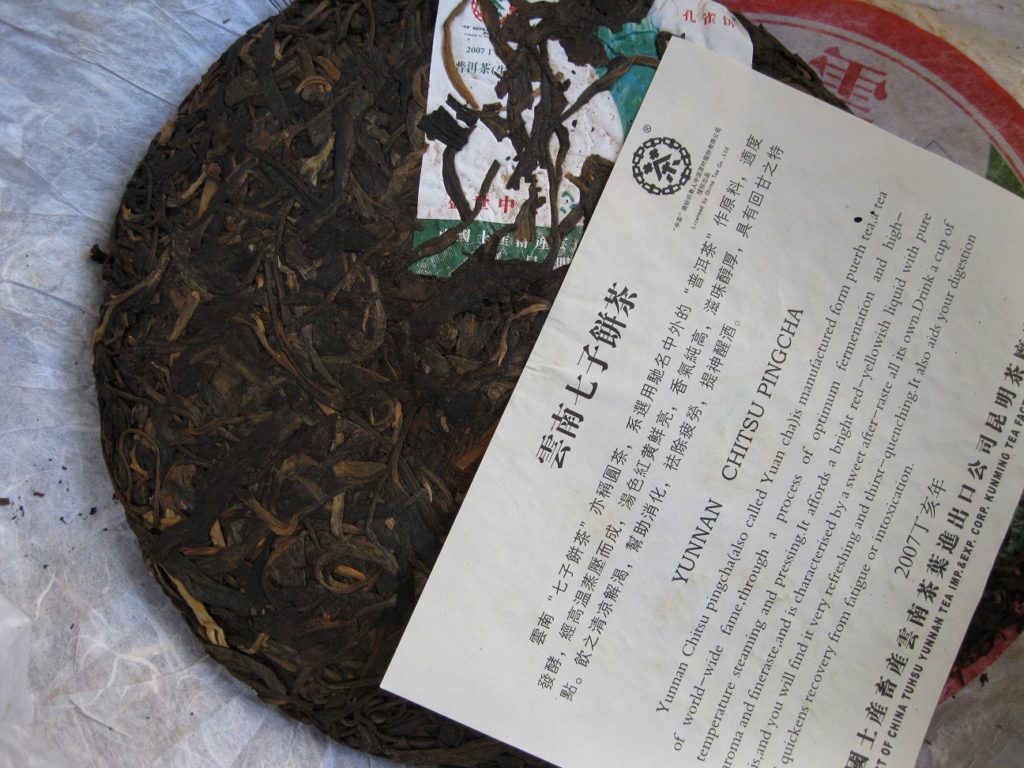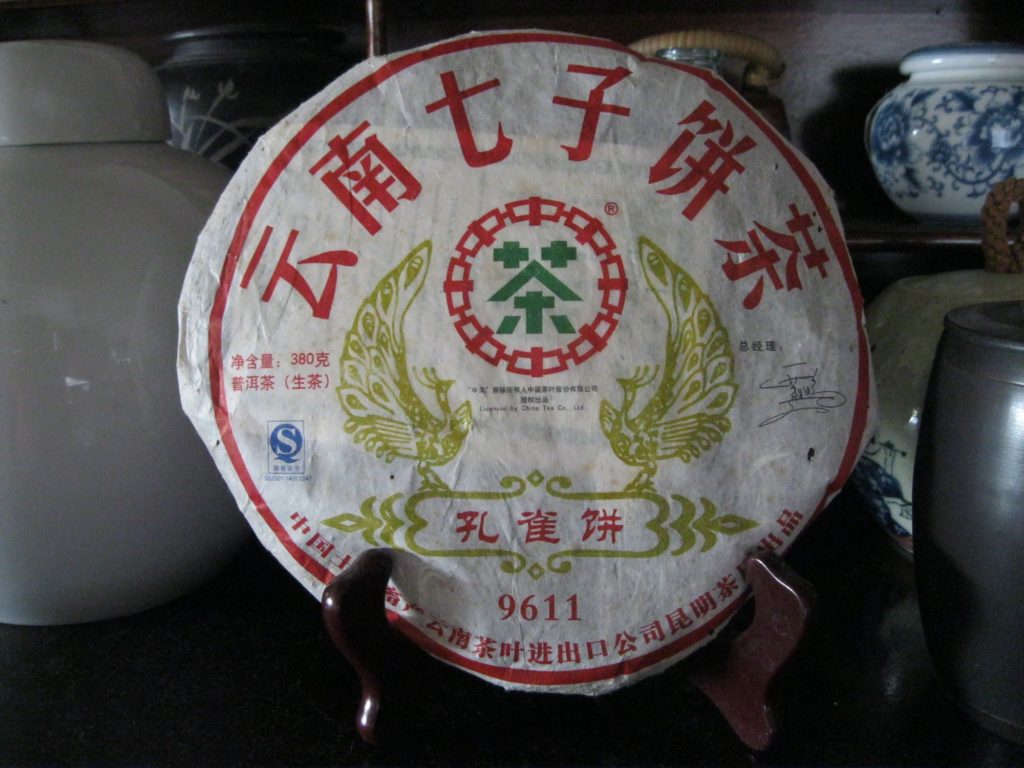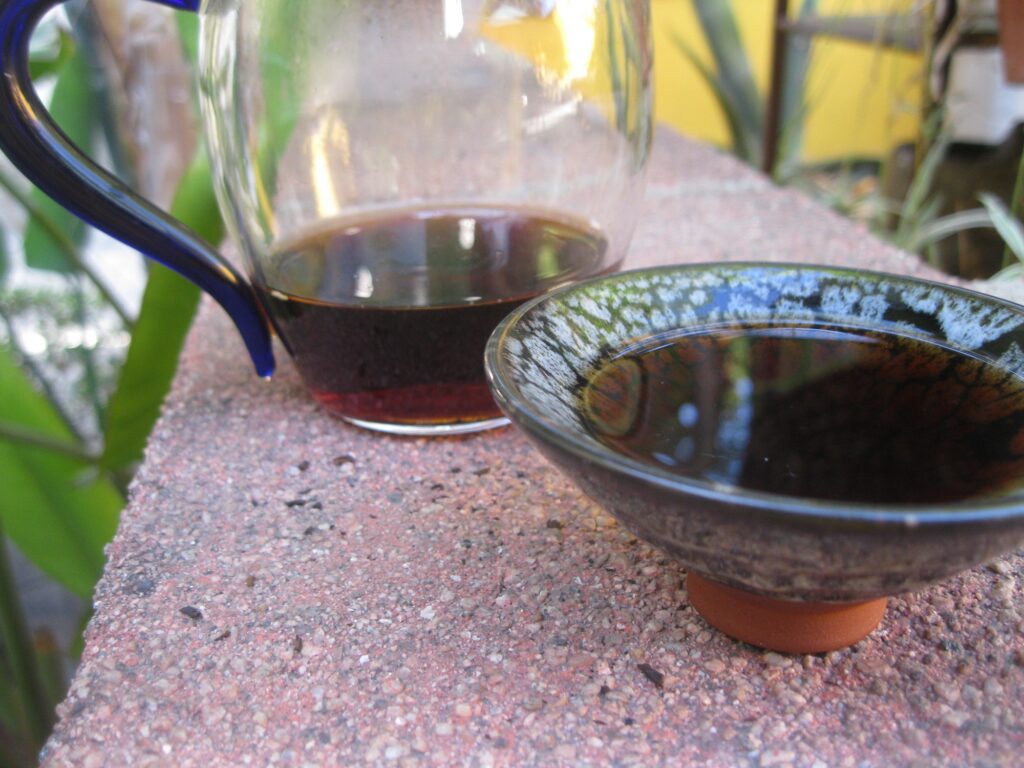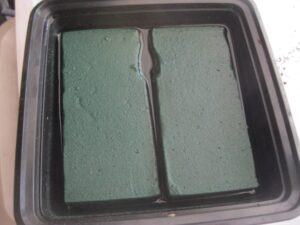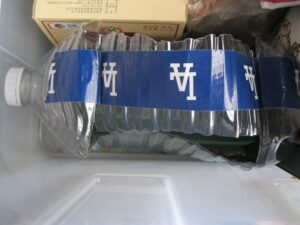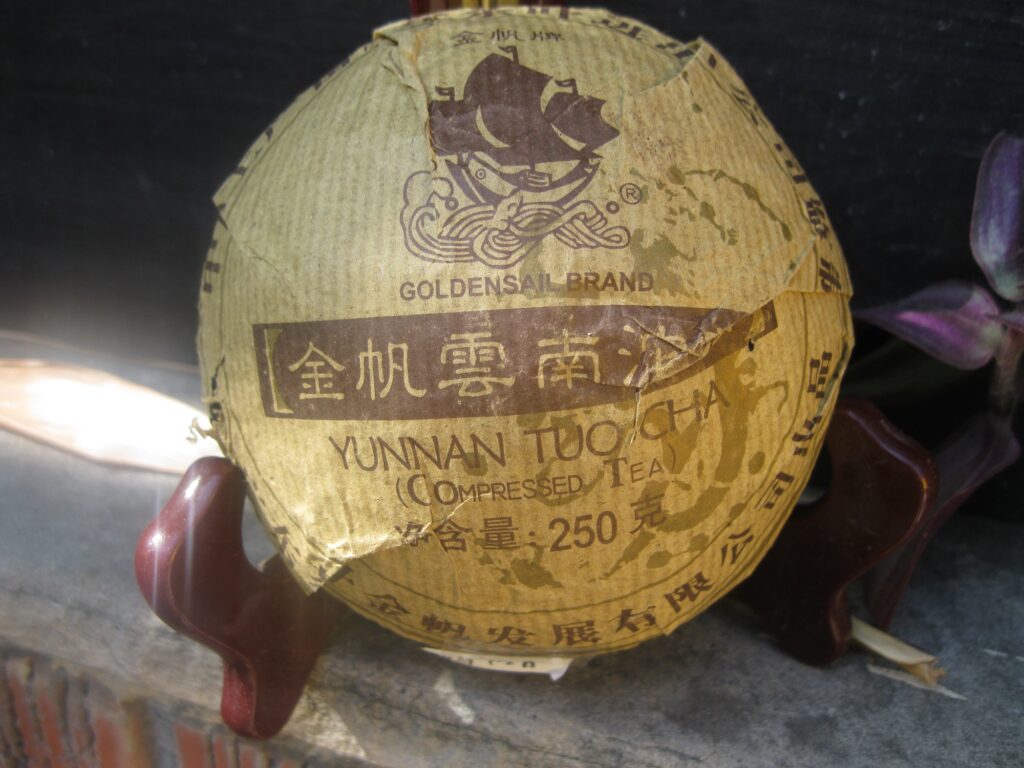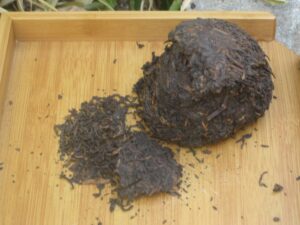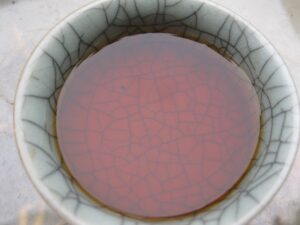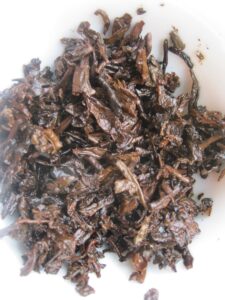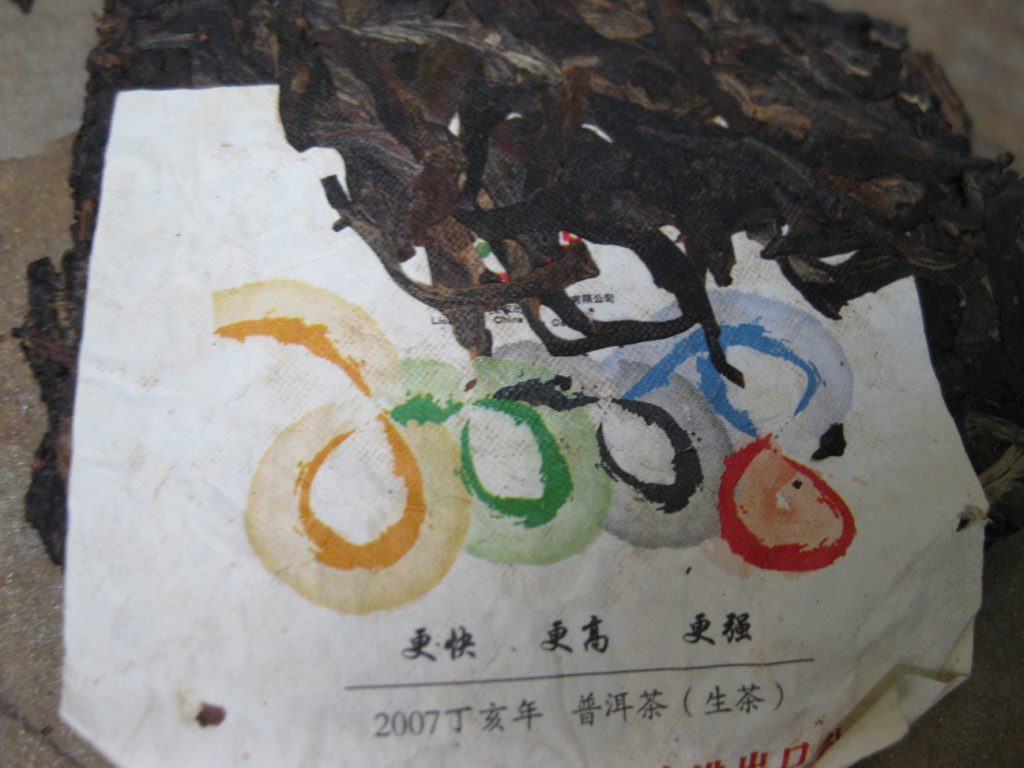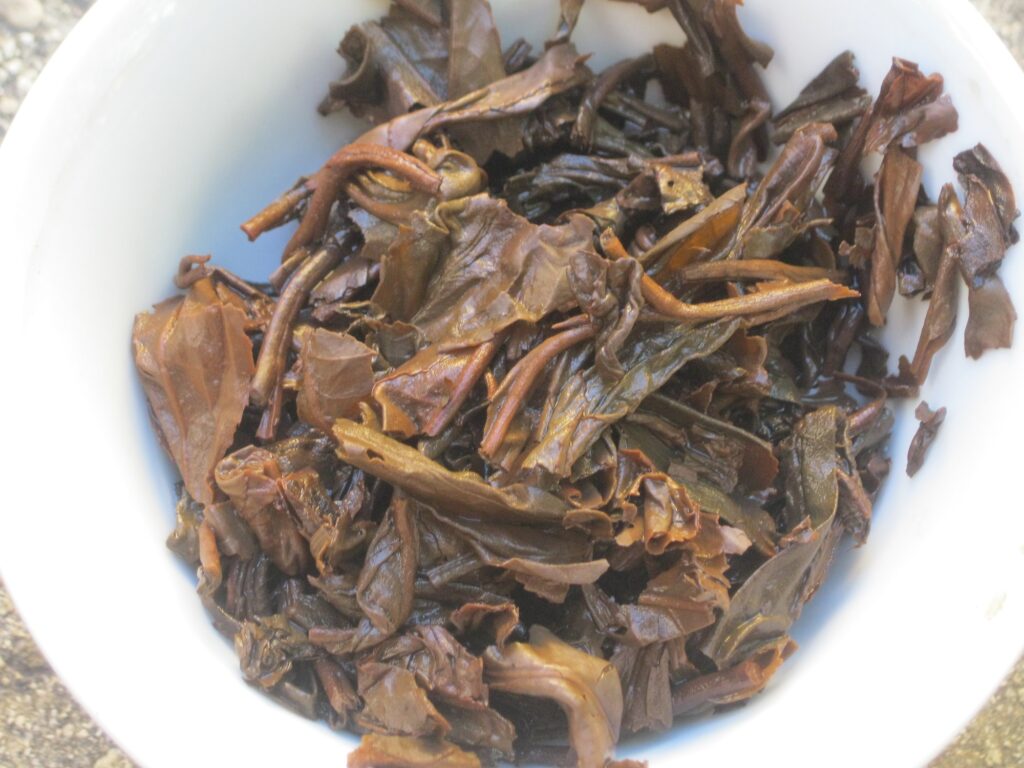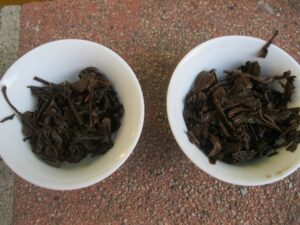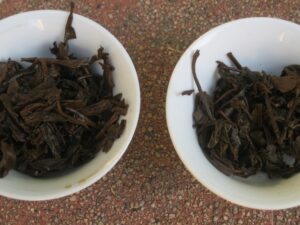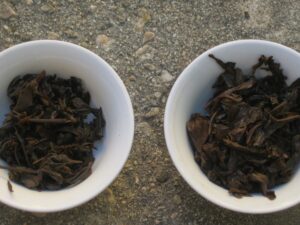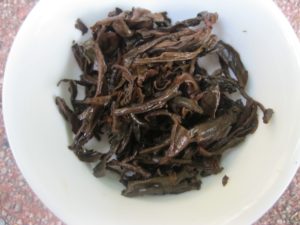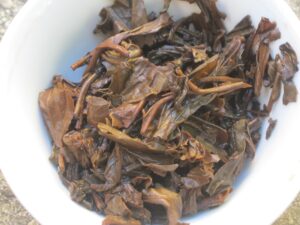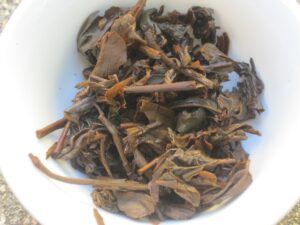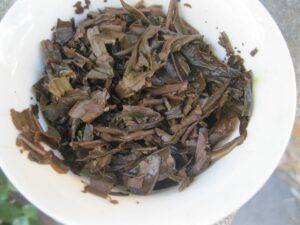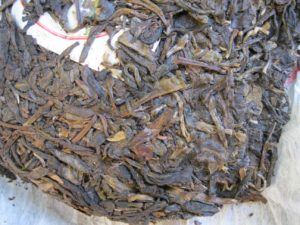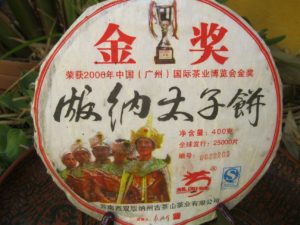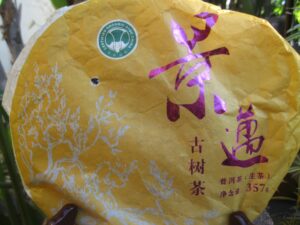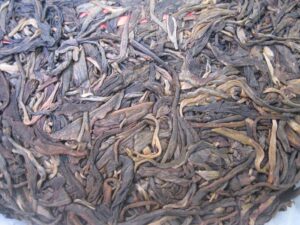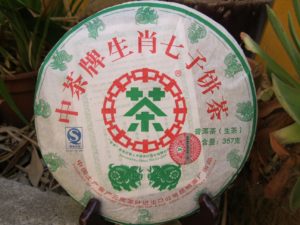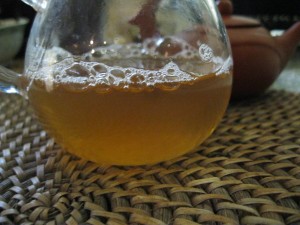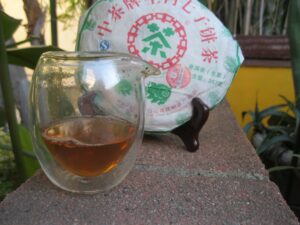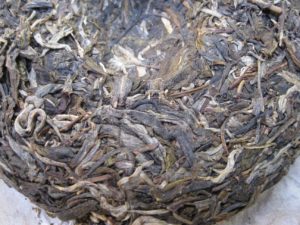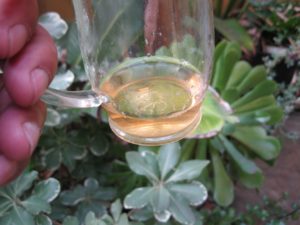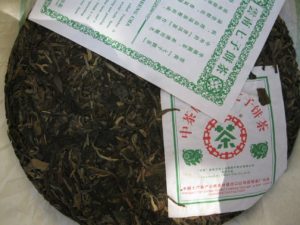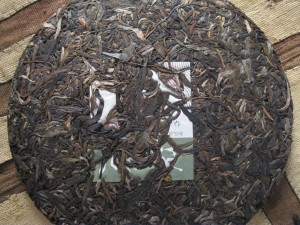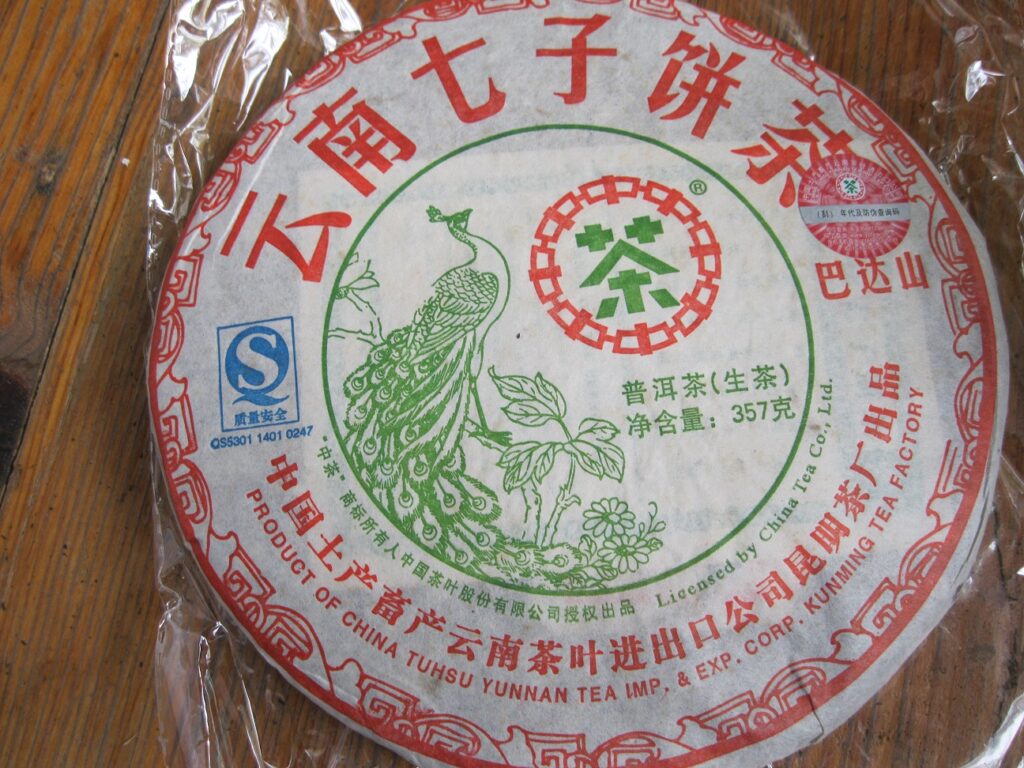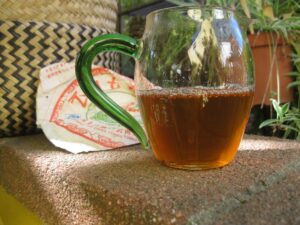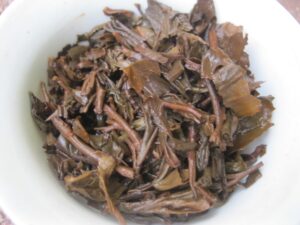Puerh Junky Visits Thick Zen 2022
Puerh Junky Visits Thick Zen 2022 continues the saga surrounding one of the plethora of Zhongcha’s ’07 offerings looked at askance by puerh snobs too smart for their own good. The Puerh Junky has written about the Thick Zen on numerous occasions and now, alas dear reader, we’re at the point where due to forces beyond his control Thick Zen has outlived its name.
Thick Zen continues to evolve. Zen is more of an afterthought. There’s all this tartness in it now, picking up in intensity. As of Nov 2022, there’s orange spice bitter fusing with its Zen past, not terribly sweet but dreadfully interesting. The shift with the season is magical. The once-lauded Yiwu vibe is about one quarter present, as bitterness and sour take the drinker to the Menghai zone, a nice Menghai not trying to intimidate but at the same time comfortable with being itself. The qi numbs the entire face, makes you feel as though you had a halo beginning at the shoulder. I read that the a ’21 production by the same name comes from Lincang, entirely possible with here.
Thick Zen is egregiously undervalued given just how dynamic the material is. The persistent perception that ’07 productions are bad is gradually starting to lift. The year ’07 witnessed a speculative blowout and specifically an administrative restructuring at Zhongcha that had zero to do with anything related to tea. Somehow, word on the street became ’07 offerings could not be drunk. This absurdity turns out to be a fortune for the value hunter. Thick Zen is value amidst value, highly representative of the KMTF processing style, and over time far more engaging than most any other puerh.

